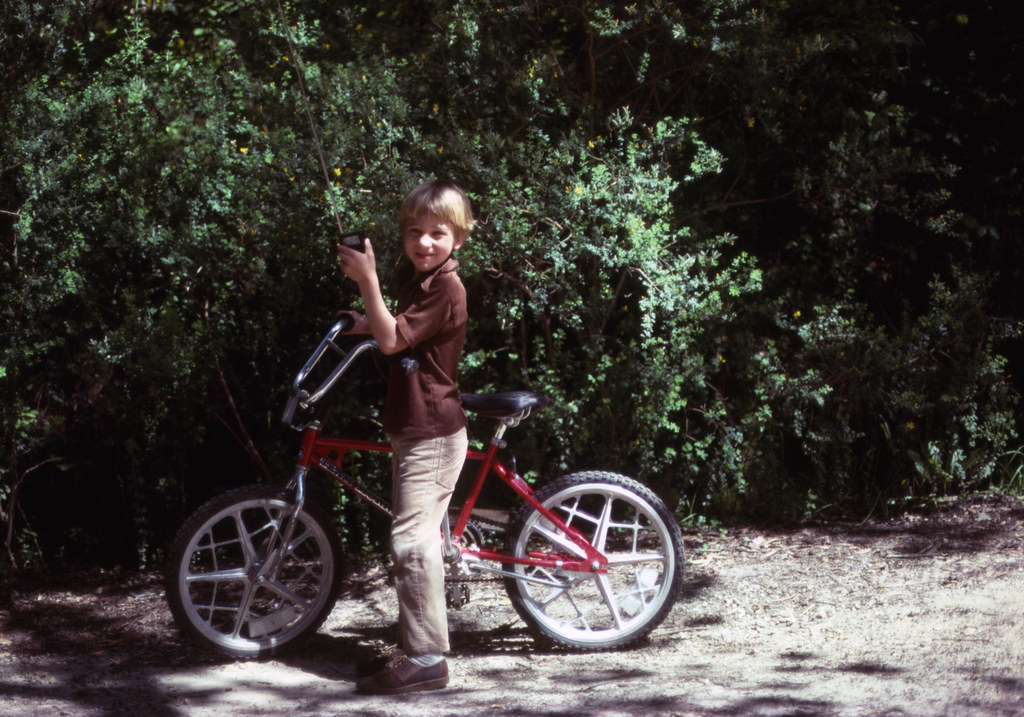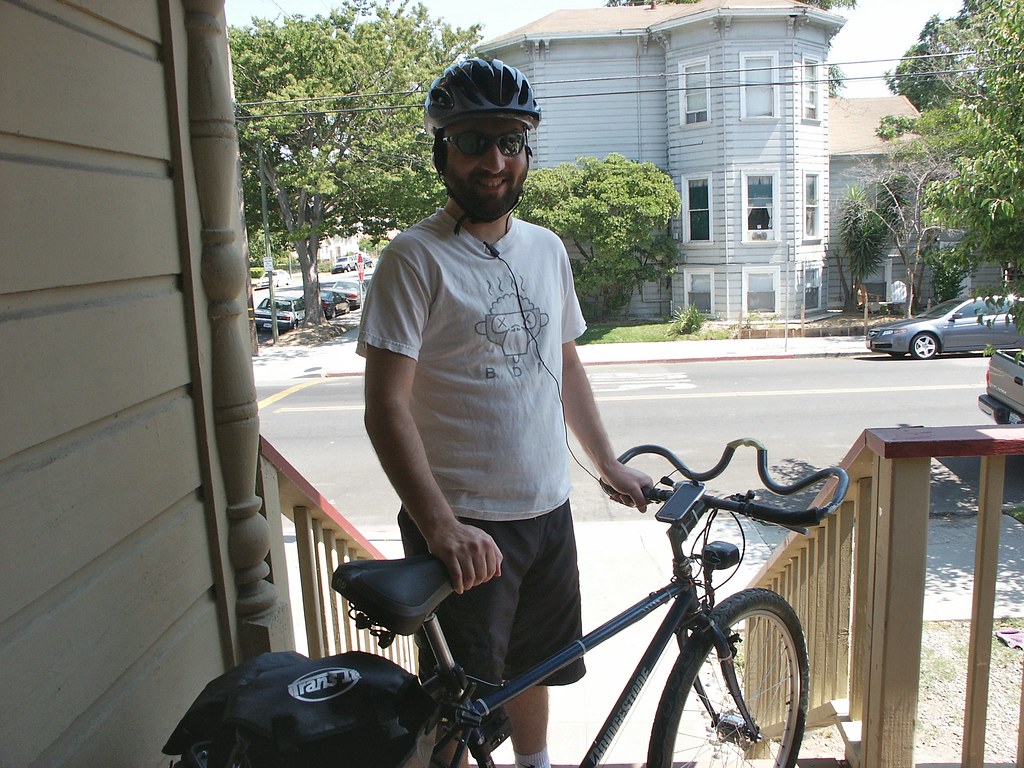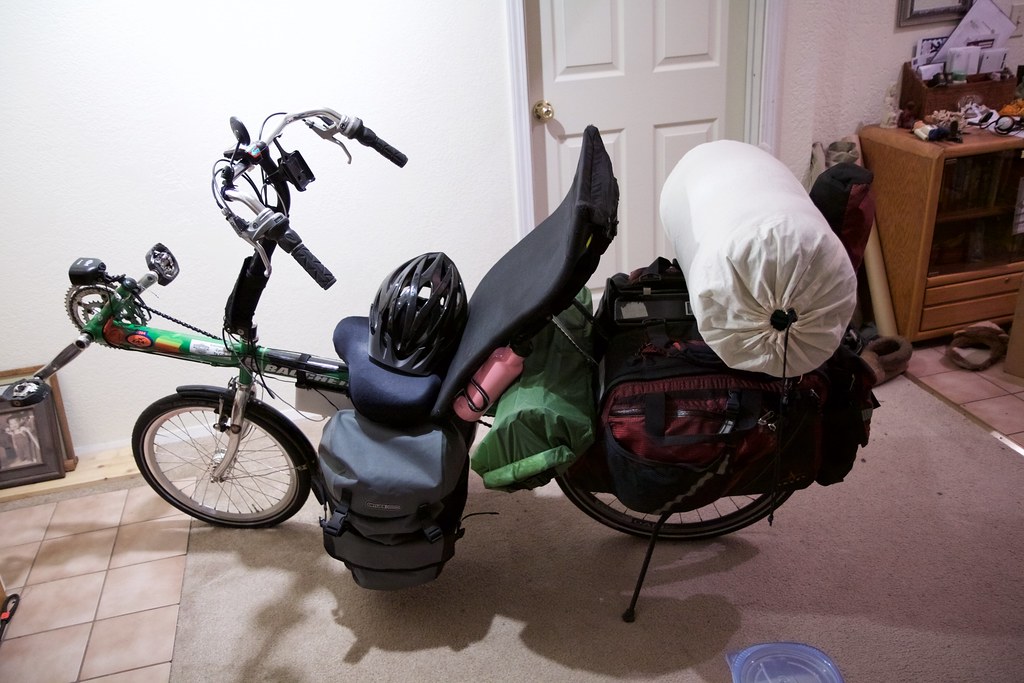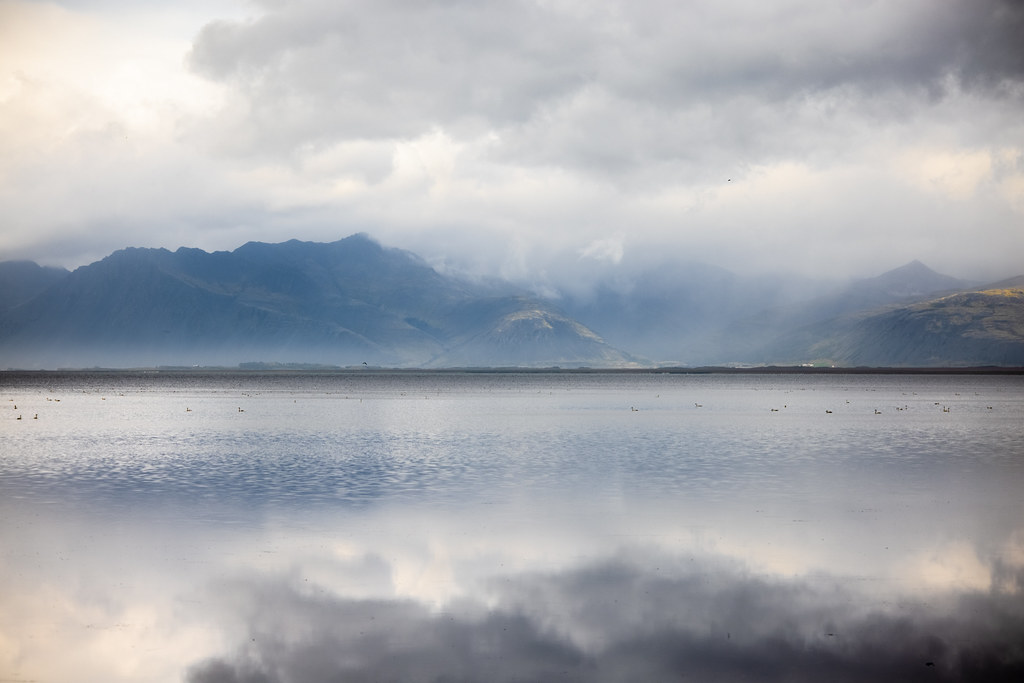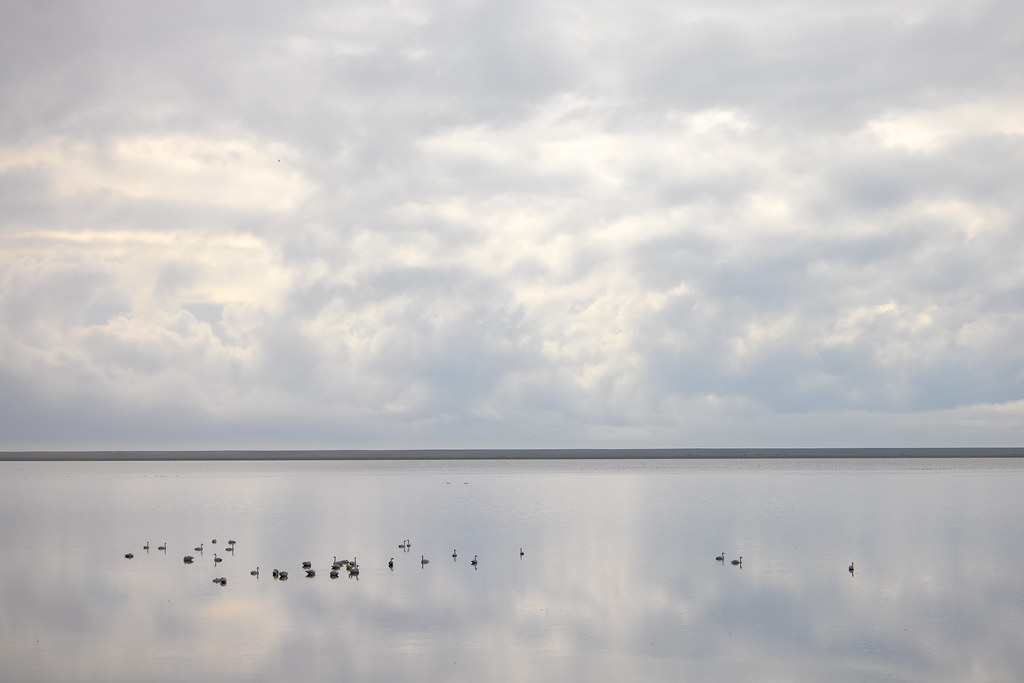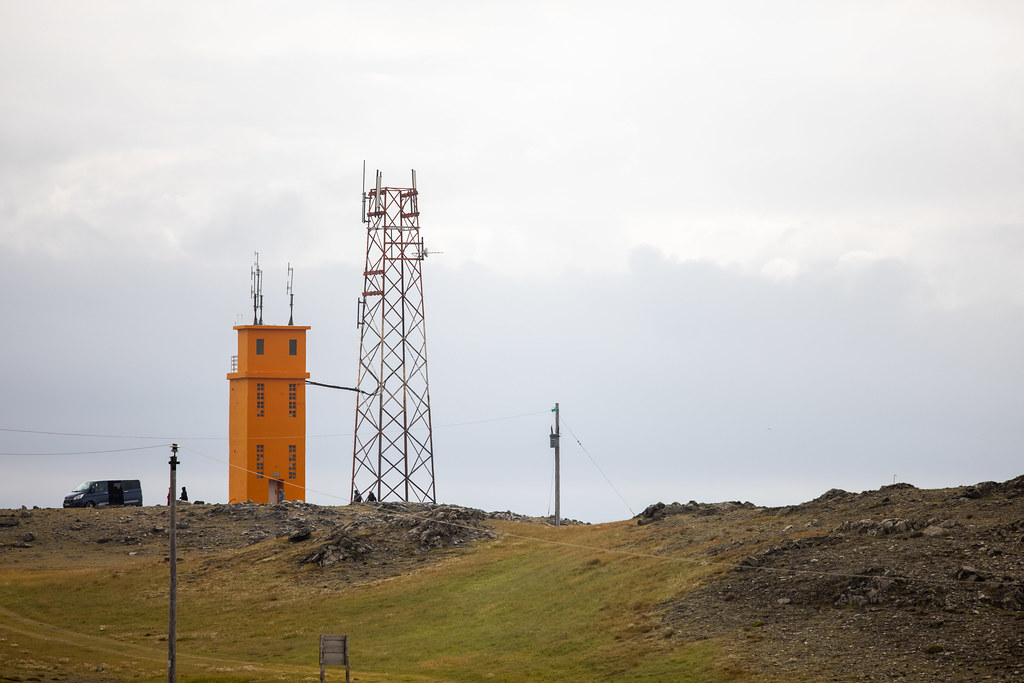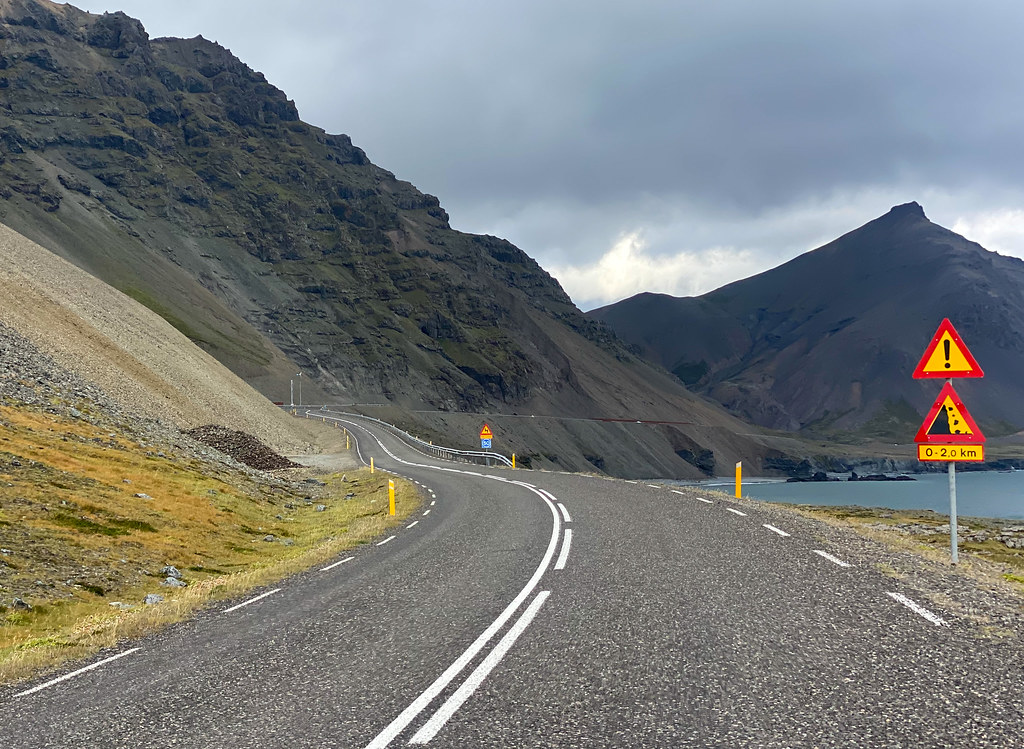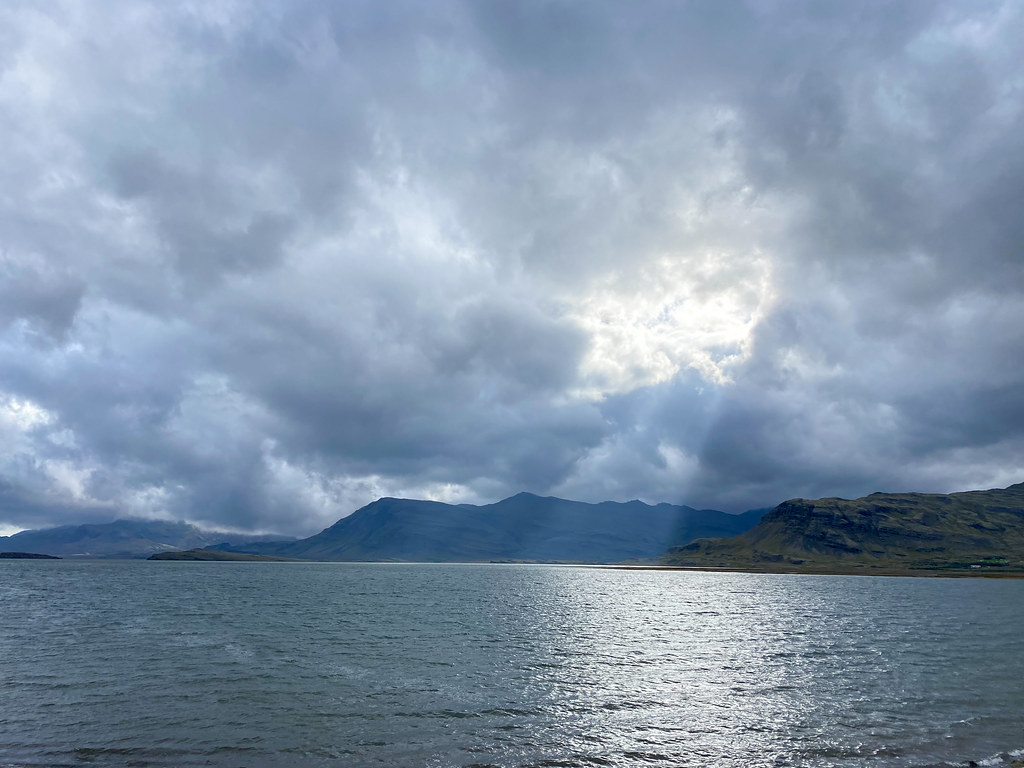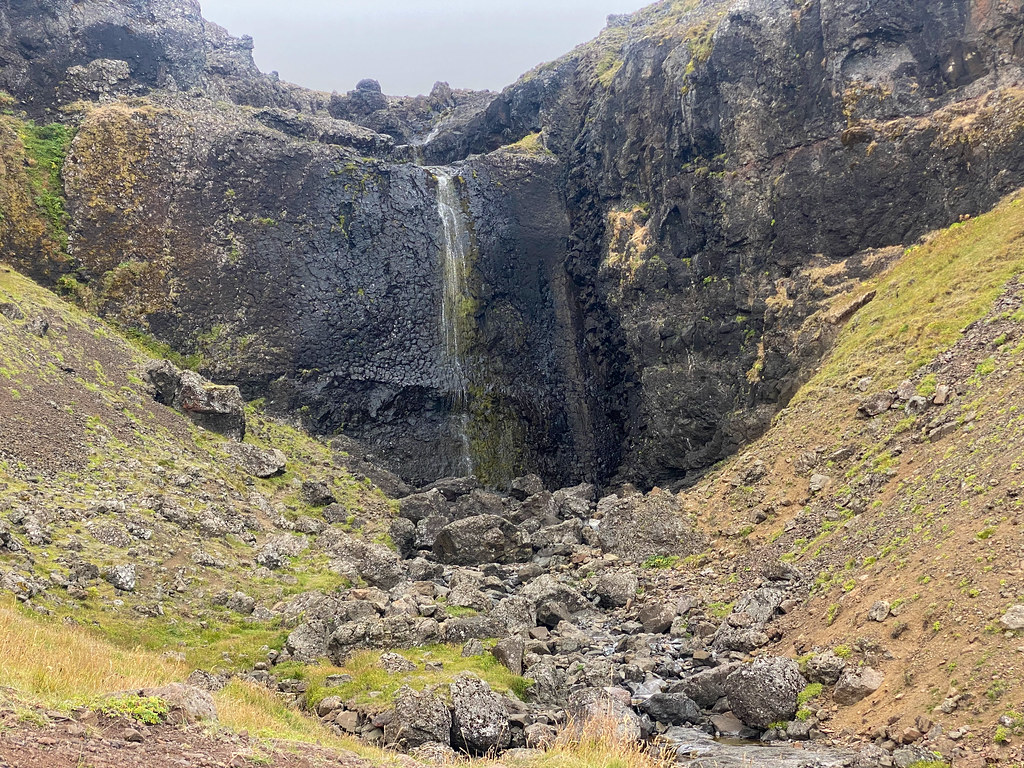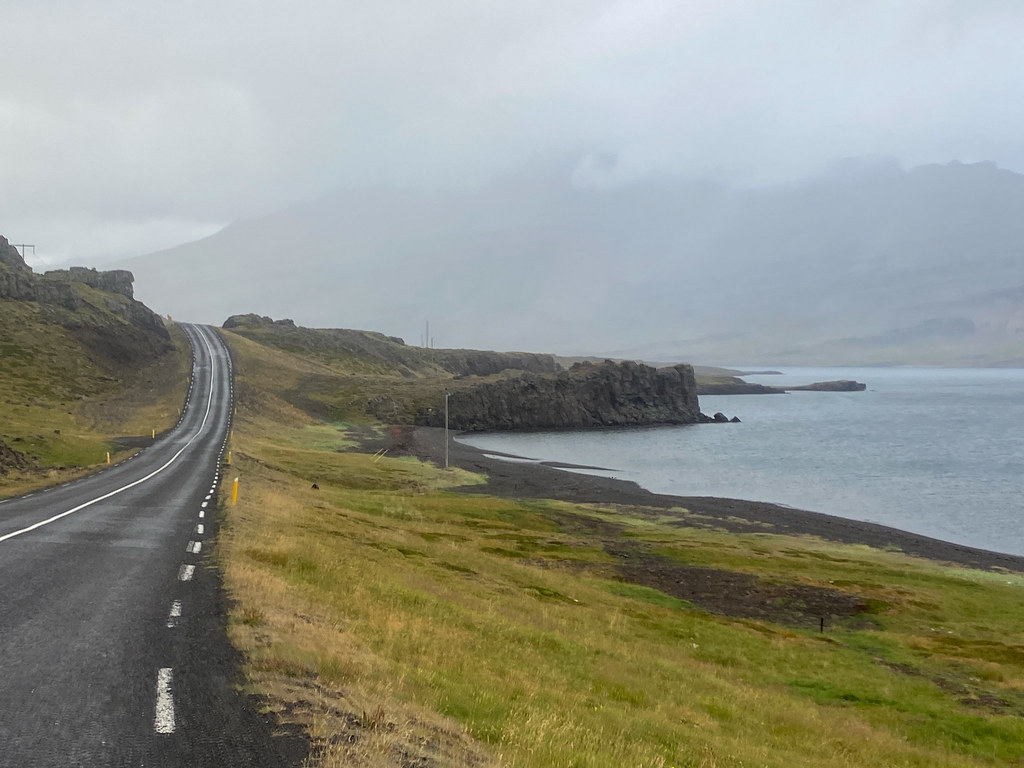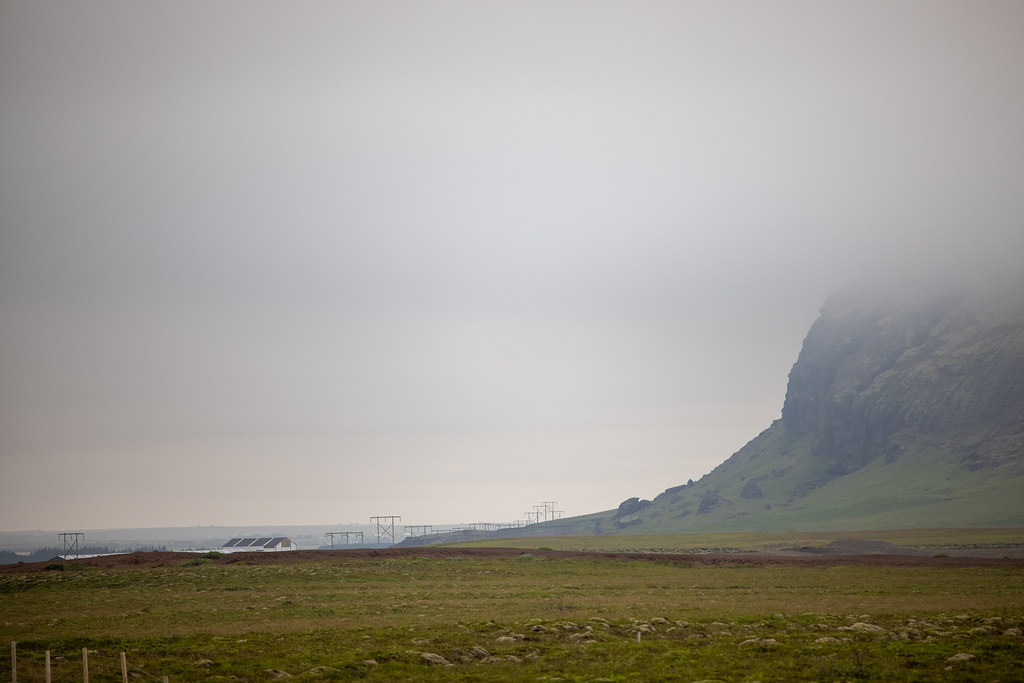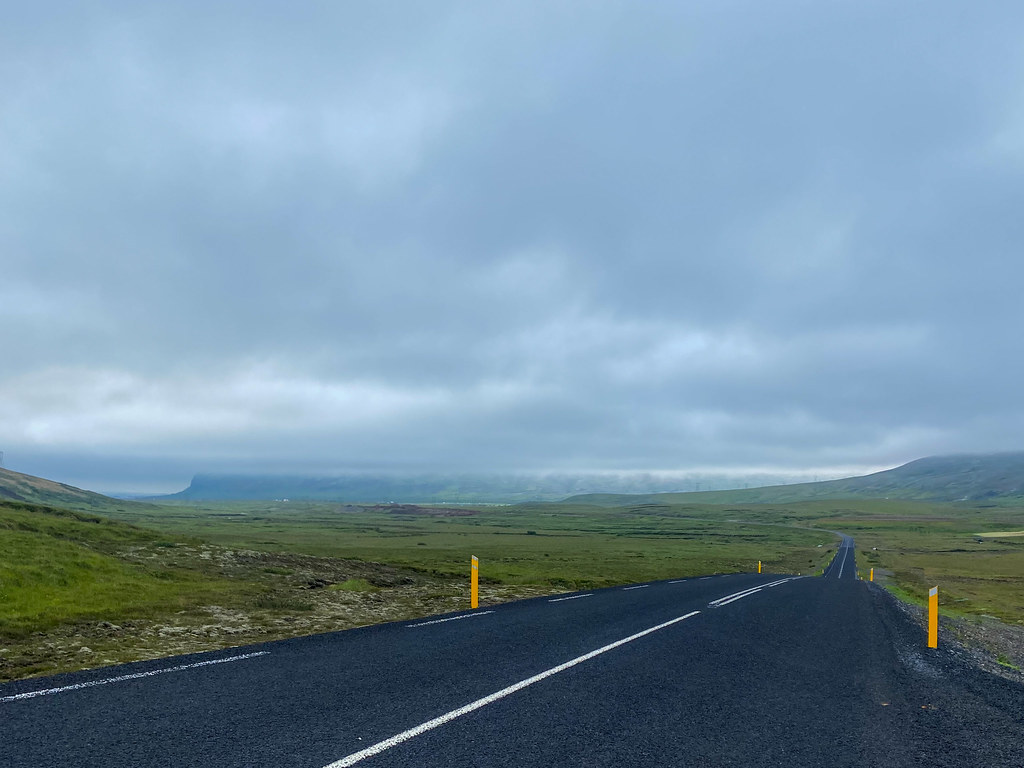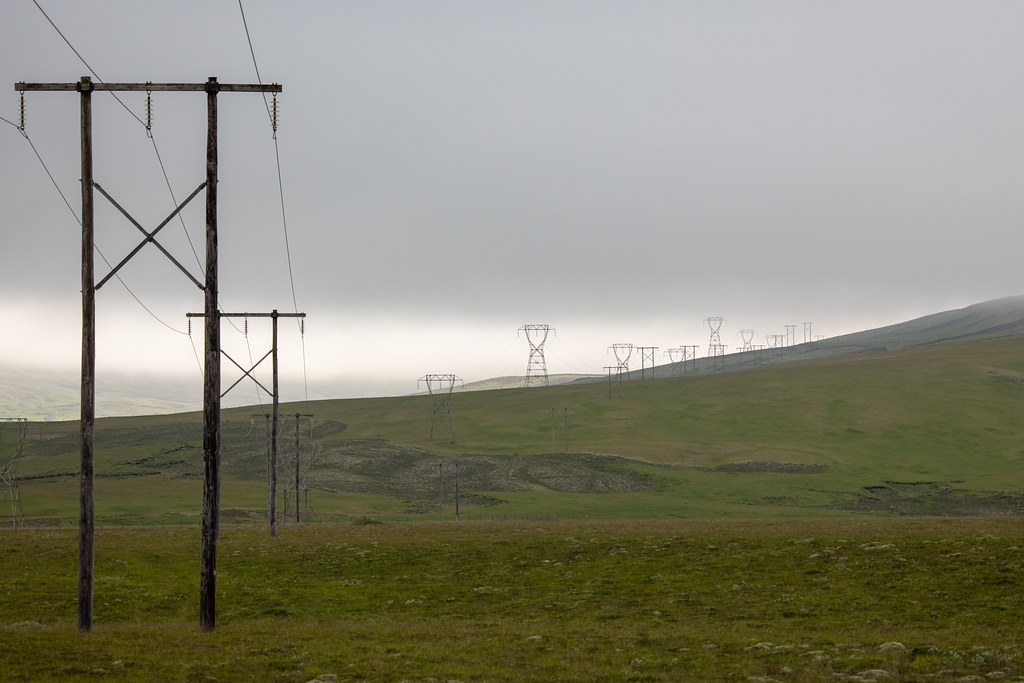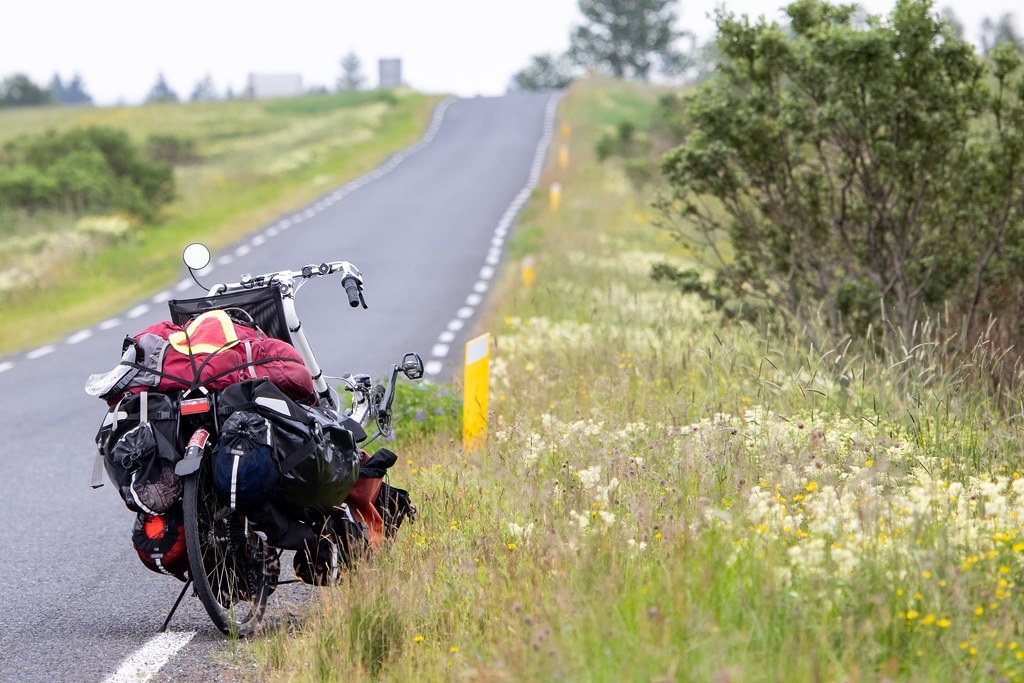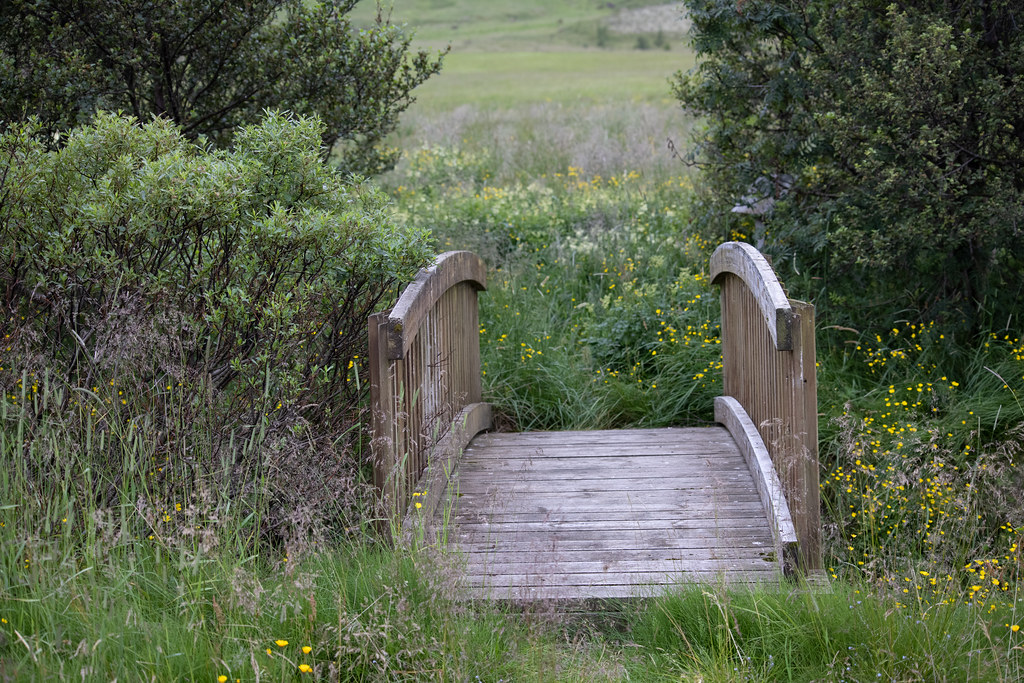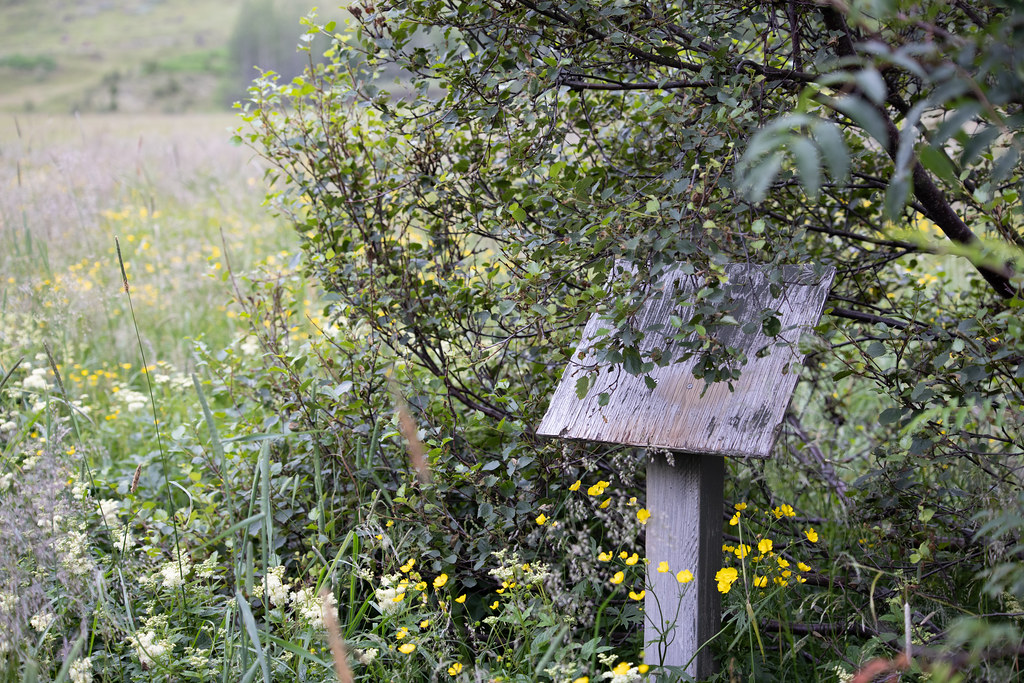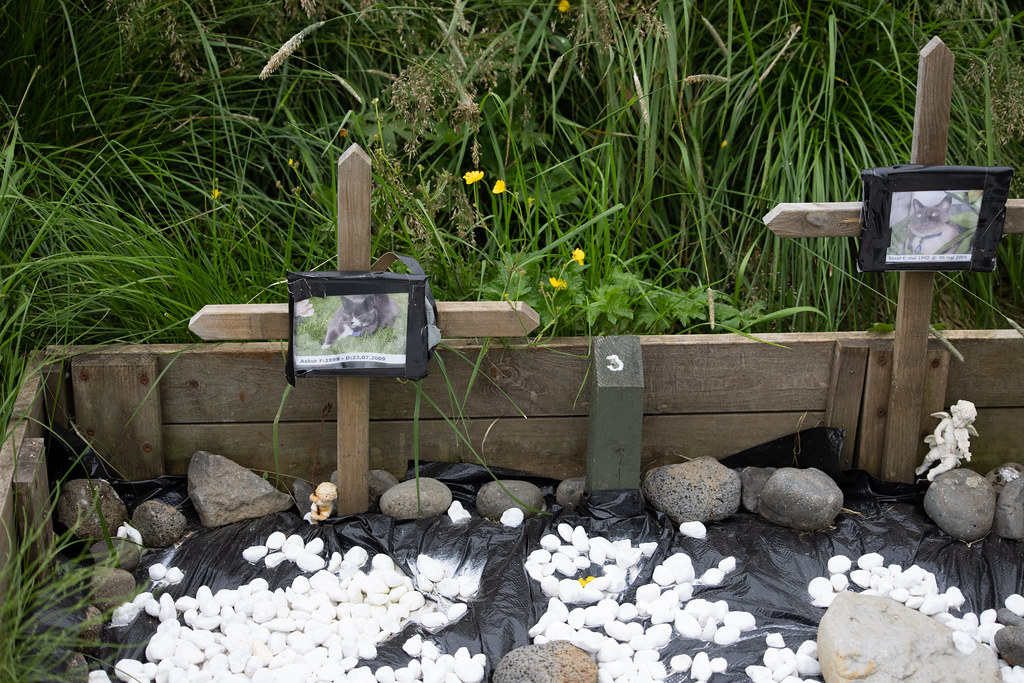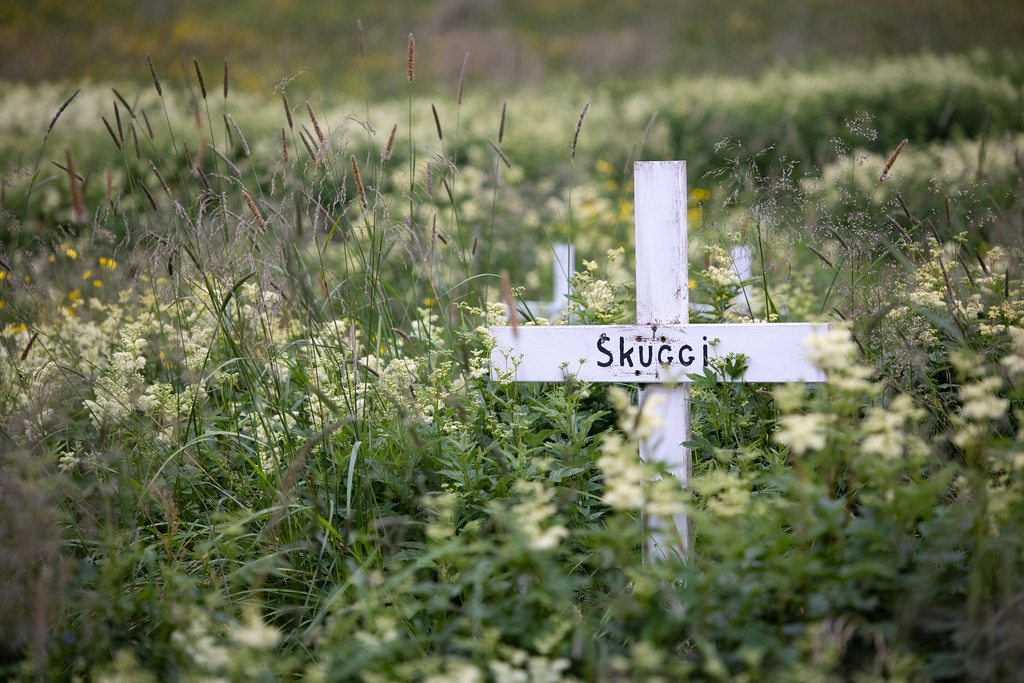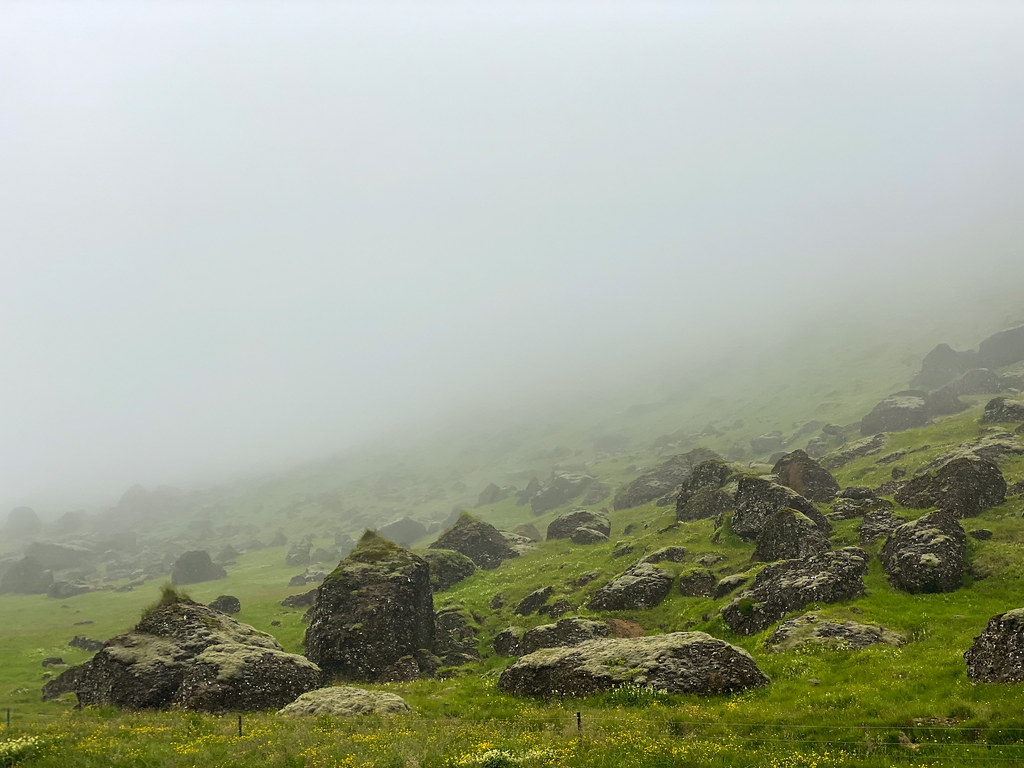How I Got Into Touring
January 6, 2023 Filed under Inspiration, Introspection
This was not my first bike. I don’t remember anything about my first bike, except that I rode it around the vast weedy parking lot of an abandoned amusement park. My father would haul us kids out there every now and then to give us riding lessons in a place safe from cars. He would pull each bike from the back of the truck, hold it steady while one of us clamored aboard, and then give us a gentle push so we could pedal up to balancing speed without falling over.
I don’t remember how many times he did this, but I do remember one of the last times, when I clamored over my bike, put my foot on the pedal, and pressed down. I thought my Dad had his hands on the back of the bike and was steadying me, but he was actually turned around and hauling out another bike. He saw me take off and let out a whoop of happy encouragement. “Look at you, you started all by yourself!” Astonished, I turned my head and smiled, wobbled slightly, and then kept riding.
I don’t remember what happened to that bike but a while later it was replaced with that beast you see above. A single-speed BMX with kid-friendly upright handlebars. To brake, you pushed the pedals in reverse. I was delighted to have my own bike, but what really lit up my eyes was how shiny it was, like a gleaming metal space robot, big enough for me to ride around and pretend I was a rocket.
I remember that it seemed to weigh a ton. I remember not caring. I remember crashing it dozens of times, mostly while trying to do jumps. Plenty of holes in my pants and skinned knees. I remember riding it up and down the patchy gravel road near my house endlessly, standing up in the pedals to grind slowly up the biggest hill. It gave me a sense of personal freedom and mobility that encouraged my already developing habit of quiet, semi-random exploration, inside and out. It was easy to get around on a bike, and easy for me to think about things while riding.
I rode it for years. I don’t remember what happened to it, but it was probably stolen one day after I rode it to elementary school and didn’t bother to lock it up, one too many times. After that I got a larger bike with gears and handbrakes, but it was awkward and I didn’t know how to maintain or adjust it properly. It got covered in rust and it too was eventually stolen. For a while – years perhaps – I didn’t have a bicycle at all.
Then in my last year of high school, one of my sister’s boyfriends sold me his old bike. He’d assembled it from mail-order parts, using a Bridgestone mountain bike frame as the foundation. The components were all excellent, and his price was extremely low.
With that bike, I finally started paying attention to basic maintenance. I learned how to change a tire, how to adjust brakes, and so on. I rode it sporadically for about ten years, but for big chunks of time it just sat in the weeds of the back yard, leaning against the side of the house.
Then things got serious. I began to spend a lot of time working behind a desk, which starved me for exercise, and the thought of sweating on weight machines in a gym felt depressing. I hauled out the bike and started commuting to work, once or twice a week. It was ten miles through dense urban sprawl. I stayed late at work so the return trip could happen at night, when the air didn’t stink so much.
That got me familiar with long rides, in a way I’d never been before. And then, one day at my workplace, a man walked on stage and unveiled a device that would rearrange the world: The iPhone. I got one for free. In just few months I found a way to attach it to my bike.
Now I had a way to stay connected and socialize, while pedaling far afield. On the weekends I took trips way up into the San Jose hills, and sometimes over them and down into Santa Cruz. I stuck bags on the bike to hold sandwiches and extra clothing. I installed different pedals and gears. I got a generator so I could go for hours in the dark. It was exercise and adventure, with music and audiobooks and texting and phone calls. It was glorious.
Somewhere in there it moved from a hobby to an obsession. The idea of a multi-day tour, with a tent and sleeping bag, snuck into my mind and began quietly rearranging the furniture.
Just before I was set to embark on my first tour, I got a recumbent. It was a total impulse buy. A co-worker was selling his, and gave me a test ride, and in two minutes I was hooked. It was the bike for me. In a few weeks of frantic adjustment, the recumbent was kitted out for my first major tour, and off I went, starting at Crater Lake and zig-zagging into the middle of Idaho.
As I write this in 2023, I have ridden that recumbent and its successors at least fifteen thousand miles.


